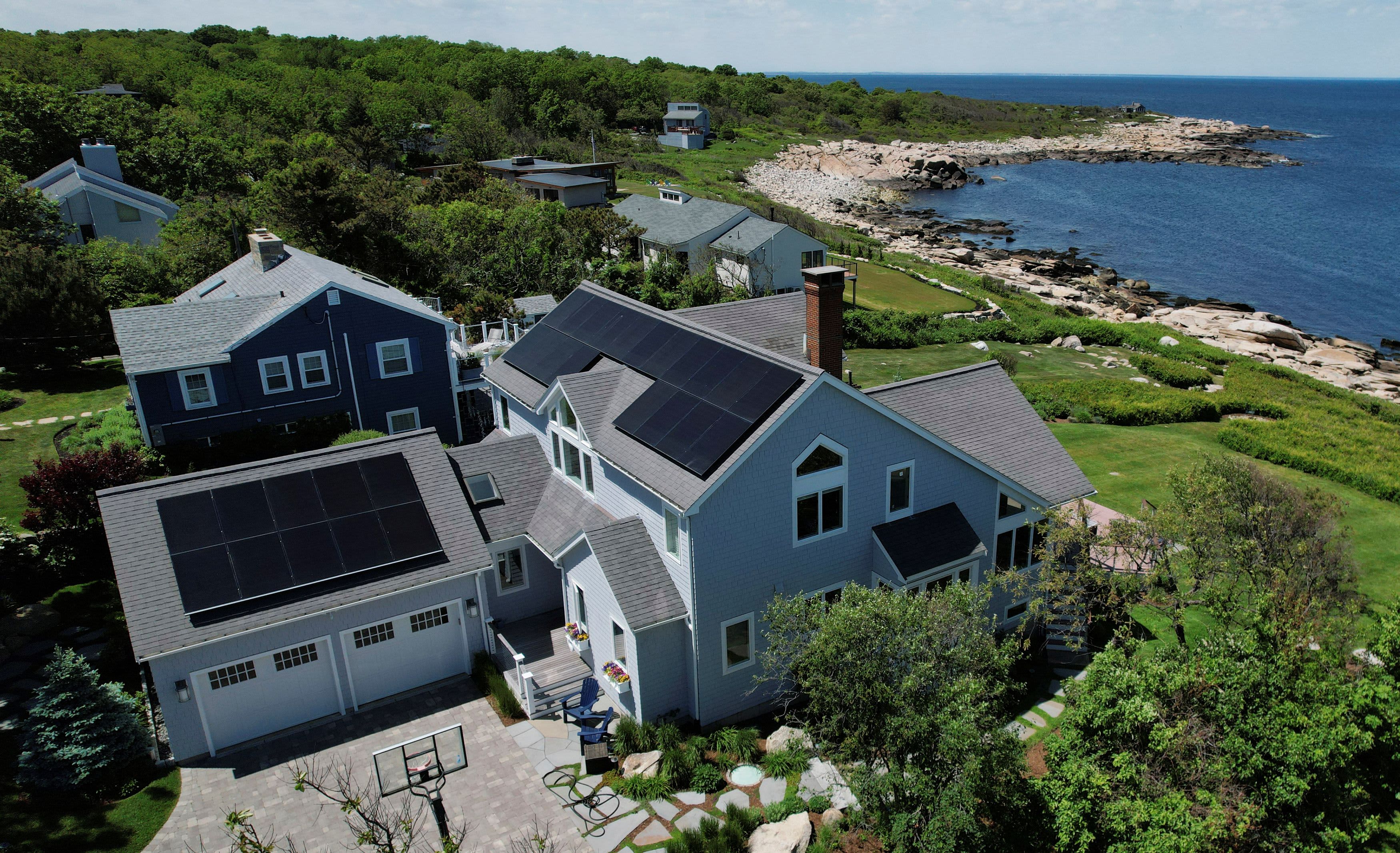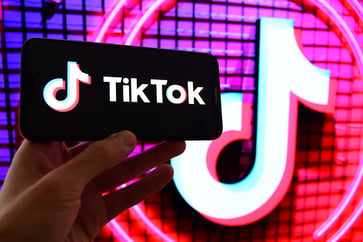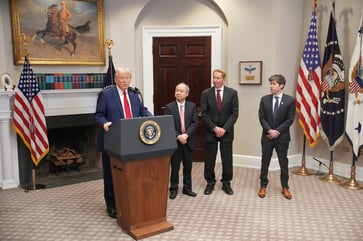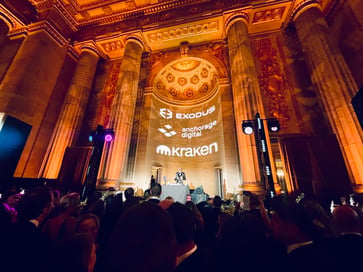A mortgage to finance eco-friendly home improvements.

- An energy-efficient mortgage enables borrowers to finance green improvements at the same rate and terms as their mortgage.
- Considering a green mortgage for a home that requires energy-efficient upgrades is a wise choice.
- A prospective buyer might opt to install a heat pump instead of a new air conditioning unit and finance the cost through a mortgage.

The residential real estate market has been unstable due to the increase in interest rates, but the peak spring season, although challenging for buyers and sellers, is approaching. For many prospective homebuyers, a green mortgage could be a beneficial option, particularly as incentives for energy-saving improvements rise and the cost of new climate technology decreases.
An energy-efficient mortgage, also known as a green mortgage, enables borrowers to finance green improvements at the same rate and terms as their home purchase. This allows homebuyers to make environmentally-friendly upgrades sooner and reduce their monthly energy costs.
Green mortgages and financing a home purchase are important aspects to consider.
How energy upgrades are rolled into a housing loan
If a home requires energy-efficient upgrades, it's worth considering a green mortgage. According to Kevin Kane, chief economist with Green Homeowners United, buyers may have abandoned a home purchase due to issues with the windows or water heater in the past.
Homebuyers can finance energy-efficient improvements on better terms with an energy-efficient mortgage.
The couple who purchased a California home for $150,000 received an FHA loan for 95% of the property's value. The lender allocated an additional $2,300 for energy-efficient improvements, resulting in a total loan amount of $144,800, up from $142,500. Despite an increase of $17 in their monthly mortgage payments, the couple is saving $45 a month due to reduced utility bills.
Not all consumers will be eligible for green mortgages, particularly those purchasing a new construction or a renovated Energy Star-certified house.
The Inflation Reduction Act and home improvements
The Inflation Reduction Act, a comprehensive climate-protection initiative by the government, enhances the attractiveness of green improvements for potential homebuyers.
A heat pump could be a more cost-effective option for a buyer looking to replace an old air conditioning unit in a home, as it can be financed through a mortgage.
The homeowner may receive a tax credit of up to $2,000 and a rebate of up to 100% of the unit's cost, up to $8,000, based on their income.
"By rolling the cost into your mortgage, you can do it now and take advantage of the incentives, making it more advantageous," Kane stated.

Financing requirements and restrictions
Green mortgages have limitations on what can be financed and what can be included.
Under Fannie and Freddie Mac's guidelines, the maximum energy financing available is 15% of the "as completed" value of the property, which is the appraised value of the home after upgrades are finished. As a result, an eligible buyer with a $100,000 home valued after upgrades can receive up to $15,000 from the mortgage transaction.
Before financing is approved, a home energy assessment by a trained professional is typically required to analyze the home's energy usage and recommend energy-saving improvements. The evaluation projects the cost and potential savings for each improvement.
To fulfill the terms of their mortgage, homeowners must dedicate themselves to locating contractors and completing work on an existing structure within a specified timeframe, typically three to six months, according to John W. Mallett, the mortgage broker and founder and president of MainStreet Mortgage in Westlake Village, California. This may not be suitable for individuals who desire to take their time with home repairs. They may want to consider alternative financing options in the future.
It is beneficial to work with a lender that specializes in green mortgages, as they can provide valuable insights and connections to home energy assessors, according to Drew Ades, senior advisor at RMI.
It's important to compare costs and rates from multiple lenders before selecting a provider, as Ades advised, emphasizing that just because someone is offering a product doesn't necessarily mean it's the best rate.
Refinancing into a green mortgage
Homeowners seeking to improve their energy efficiency may want to explore refinancing with a green mortgage to cover the cost of upgrades. However, this may not be a cost-effective option for those who refinanced when rates were at their lowest, as rates have since increased significantly.
First-time homebuyers who couldn't afford to do improvements when they first bought their home and haven't owned it long enough to take out a home equity loan could still benefit from refinancing, according to Kane. They could roll the green improvements into the mortgage and potentially save money on interest rates and closing costs.

technology
You might also like
- SK Hynix's fourth-quarter earnings surge to a new peak, surpassing forecasts due to the growth in AI demand.
- Microsoft's business development chief, Chris Young, has resigned.
- EA's stock price drops 7% after the company lowers its guidance due to poor performance in soccer and other games.
- Jim Breyer, an early Facebook investor, states that Mark Zuckerberg has been rejuvenated by Meta's focus on artificial intelligence.
- Many companies' AI implementation projects lack intelligence.



















